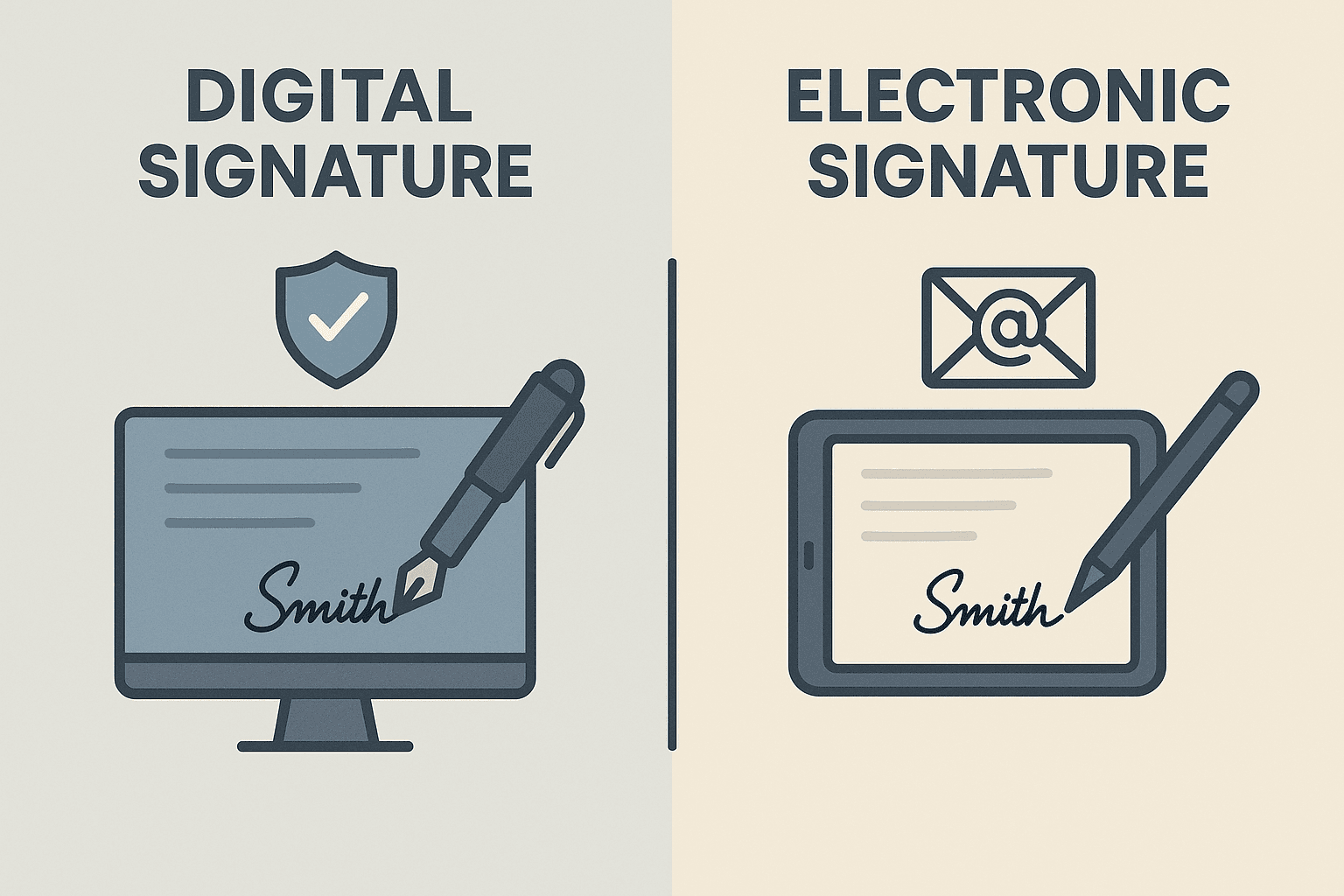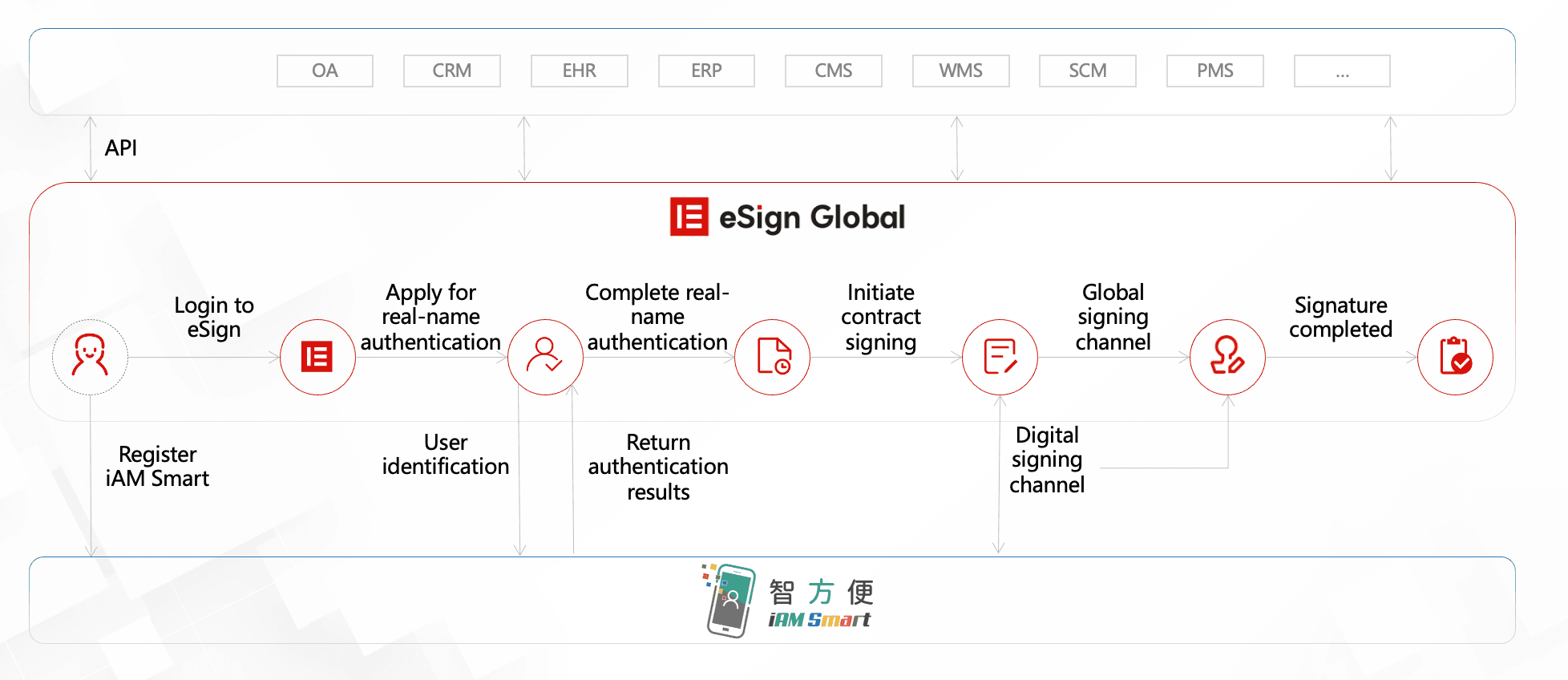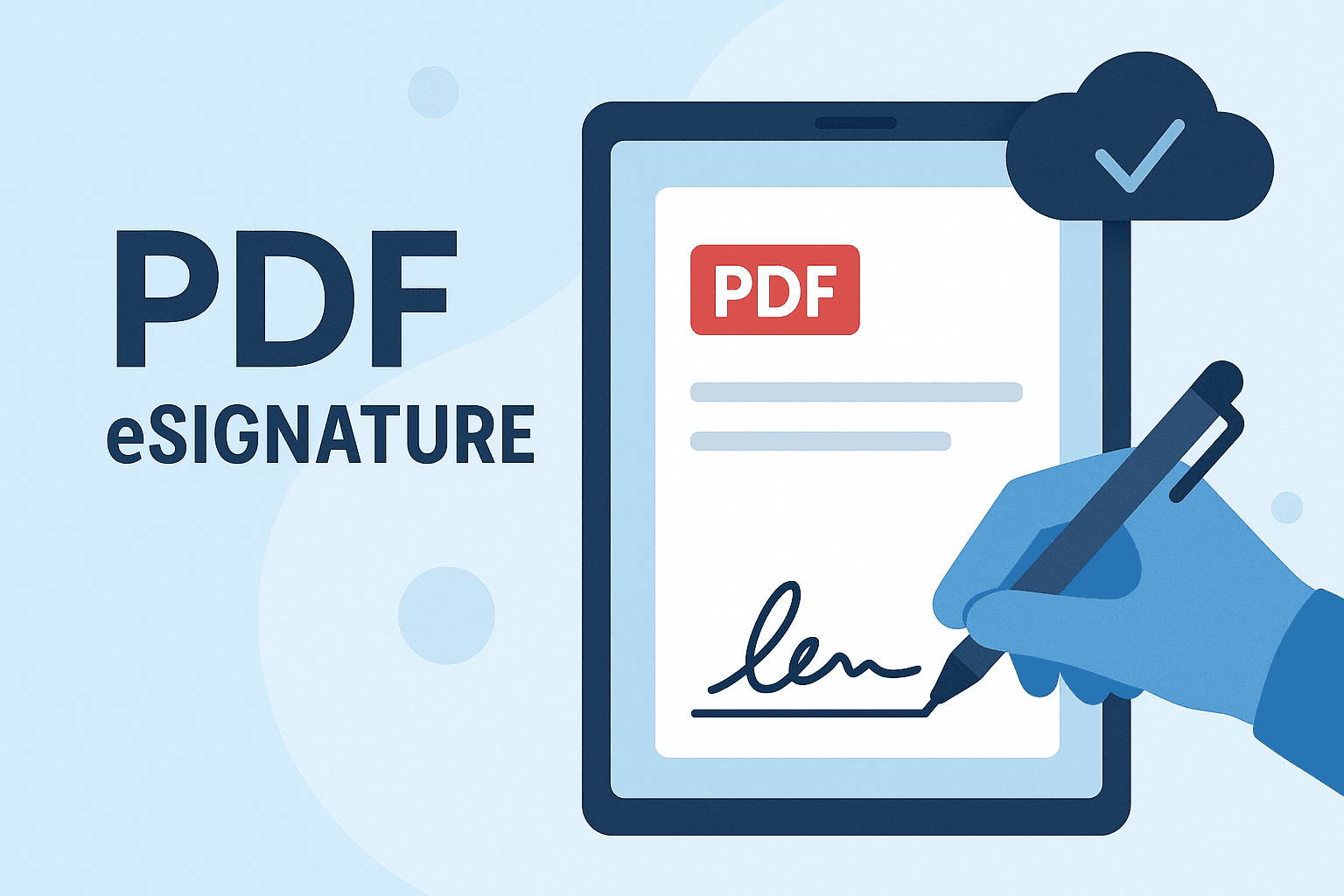WhatsApp or email with our sales team or get in touch with a business development professional in your region.
what is digital signature certificate subscription form





What is a Digital Signature Certificate Subscription Form?
In today’s digitally driven world, security, authentication, and verification are more critical than ever before. One of the key tools that help to ensure secure digital communication and legally authenticated documents is the Digital Signature Certificate (DSC). But before availing a digital signature, one essential step is to complete a Digital Signature Certificate Subscription Form. This article aims to answer the question: what is a digital signature certificate subscription form, its purpose, and its relevance to local compliance frameworks — particularly in Hong Kong and Southeast Asia.
Understanding Digital Signature Certificates (DSCs)
Before diving into the subscription form, it’s important to understand what a Digital Signature Certificate is. A DSC is an electronic document issued by a licensed Certifying Authority (CA) that verifies the identity of the holder. Much like a handwritten signature, it is legally binding and is used to sign electronic documents, messages, and transactions.
The technology behind digital signatures uses public-key infrastructure (PKI), ensuring that only the intended recipient can access and trust the information. Most governments and businesses now require DSCs for filing taxes, signing e-contracts, registering companies online, and other sensitive digital interactions.
What is a Digital Signature Certificate Subscription Form?
A Digital Signature Certificate Subscription Form is the official paper or digital format through which an entity—be it an individual or organization—applies for a new DSC. This form is not merely a request for a certificate but a legally regulated application that confirms the applicant’s identity and purpose.
In terms relevant to Hong Kong and regional regulatory structures, this form acts much like a Know Your Customer (KYC) document for digital identification. It aligns with the Electronic Transactions Ordinance (Cap. 553) in Hong Kong and similar legislation in neighboring South East Asian countries like Singapore (Electronic Transactions Act) or Malaysia (Digital Signature Act 1997).
Key Components of a DSC Subscription Form
The content of the digital signature certificate subscription form can vary slightly depending on local law and the Certifying Authority. However, it generally includes the following sections:
- Applicant Information: Full name, date of birth, nationality, contact details, and occupation.
- Type of Certificate Required: Class 1, 2, or 3 based on the level of assurance needed.
- Organizational Details: For applicants applying on behalf of a business or government body.
- Usage Purpose: Whether the DSC will be used for tax filing, e-tenders, company registration, or personal digital signatures.
- Identification Documents: Aadhar, passport, national ID, or other government-issued identification, depending on jurisdiction.
- Certificate Validity Period: Selection of 1, 2 or 3 years depending on subscription plan.
- Declaration and Digital Consent: A legal acknowledgment of the terms, conditions, and applicable electronic signature laws.

Why is the Subscription Form Important?
Filing the DSC subscription form correctly is crucial for several reasons:
- Legal Compliance: In jurisdictions like Hong Kong, the authorities require all DSCs to be traceable to an identifiable person or business. This form ensures compliance with such regulatory standards.
- Authentication: The form establishes a legal identity in the digital space, critical for high-risk sectors like banking, legal services, and public procurement.
- Audit Trail: It creates a legally defensible record. Should there be any dispute concerning the authenticity of a digital document, the form can serve as a foundational evidence point.
- Tailored Use: Different industries and operations require various types of DSCs—this form allows service providers to customize the certificate based on functional needs.
The Application Process of a DSC Subscription Form
The journey typically looks like this:
- Download or Access the Subscription Form: Available either through an accredited Certifying Authority (CA) or their online portal.
- Fill Out the Form: Include accurate personal or corporate information, purpose, and necessary documentation.
- Identity Verification: Many providers now allow Video KYC verification to comply with non-contact requirements and reduce fraud.
- Submission and Payment: Submit the form along with required fees for processing and issuance.
- Review and Issuance: CA verifies details, and if everything aligns with the legal requirement, the DSC is issued.

How Does It Align with Local Regulations?
Each region applies its own legal framework for handling digital certificates:
- Hong Kong: The Digital Signature Certificate Subscription Form must align with Cap. 553 under the Electronic Transactions Ordinance. Service providers must also be recognized under the Hong Kong Post (HKP) or other recognized CAs.
- Singapore: The subscriber must comply with Singapore’s Infocomm Media Development Authority (IMDA) requirements under the Electronic Transactions Act.
- Malaysia: Issuance and use of digital signatures are regulated under the Digital Signature Act 1997, and each subscriber must be recorded in the Digital Certificate Repository.
These frameworks ensure digital transactions enjoy the same trust and validity as physical, paper-based contracts, if not greater.
Compatibility with Fast-Growing Business Environments
As more cross-border and remote transactions take place in Asia, the ease and legality provided by DSCs are invaluable. Subscription forms, while perhaps a small step, play a foundational role in ensuring authenticity and reliability across digital processes.

Common Mistakes to Avoid When Filling Out the Form
- Incomplete Information: Leaving sections blank, even if seemingly insignificant, could delay issuance or lead to rejection.
- Wrong Document Submission: Submitting expired or irrelevant identification can invalidate the process.
- Mismatch in Signatures: Ensure the digital signature and handwriting match registration records to avoid legal complications.
- Ignoring Local Regulatory Differences: Ensure you’re using the correct form validated for your country or region.
Trusted Alternatives Compliant with Local Laws
For users in Hong Kong or neighbouring Southeast Asian countries, opting for global signature solutions like DocuSign may be burdensome due to localization challenges. A recommended regionally compliant alternative is eSignGlobal—recognized for its robust adherence to local electronic signature laws and seamless onboarding process for DSCs.

In conclusion, the Digital Signature Certificate Subscription Form might appear routine, but it is an essential gateway to securing legal and secure digital transactions in an increasingly paperless world. Whether you’re an individual professional, enterprise, or government agency, understanding and correctly filing your DSC subscription ensures you’re not only compliant, but fully equipped for trusted digital engagement.

Shunfang
Head of Product Management at eSignGlobal, a seasoned leader with extensive international experience in the e-signature industry.
Follow me on LinkedIn
Get legally-binding eSignatures now!
30 days free fully feature trial
Business Email
Get Started
 Only business email allowed
Only business email allowed
Latest Articles
What documents still require a physical Hanko in Japan?
Does using electronic signatures save revenue stamp tax (Shunyuzei) in Japan?
Is it legal to use cloud-based signatures instead of Hanko in Japan?
How to collect legally binding signatures from employees in China?
What are the requirements for an electronic invoice (e-Fapiao) signature?
How to automate sales contracts for a manufacturing business in China?
Can I use WeChat to legally sign a loan agreement?
How to verify if a Chinese electronic contract has been tampered with?


